Hydrangeas are among the most beloved flowering shrubs in the world, famous for their lush blooms, impressive color variations, and adaptability in gardens and landscapes. Whether you’re growing bigleaf hydrangeas, panicle hydrangeas, or oakleaf hydrangeas, one essential aspect of keeping them healthy and vibrant is providing the right nutrients at the right time. That brings us to the critical question: When should you fertilize your hydrangea plants?
In this comprehensive guide, we’ll dive into everything you need to know about fertilizing hydrangeas — from understanding their seasonal nutrient needs to choosing the right type of fertilizer and applying it effectively. Mastering this care routine can transform your hydrangeas into long-lasting, stunning garden showpieces.
Why Fertilizing Hydrangeas Matters
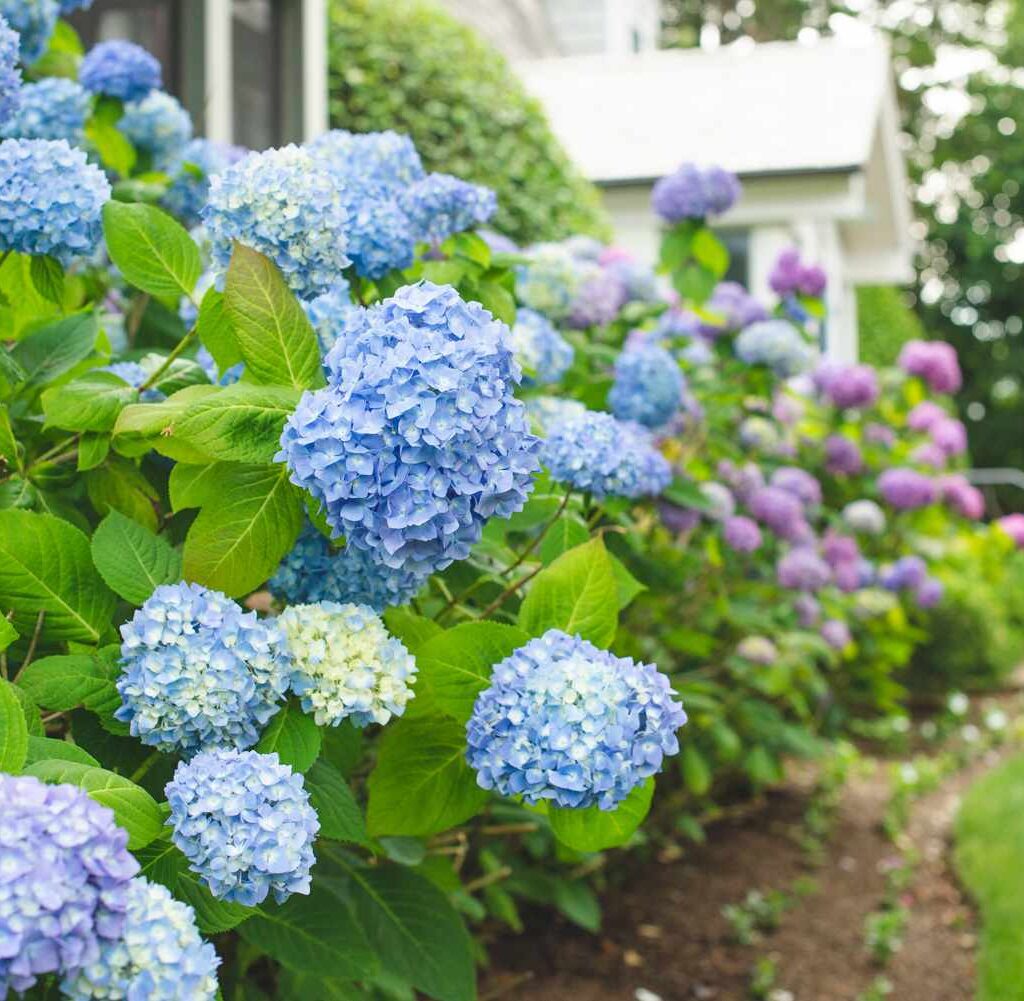
While hydrangeas are generally hardy and can survive with minimal care, fertilizing them correctly can:
- Encourage lush foliage growth.
- Improve the size, number, and color of blooms.
- Strengthen the plant’s resilience against pests and diseases.
- Boost overall plant vigor and longevity.
Providing nutrients at the wrong time, however, can lead to excessive leafy growth with minimal flowers or increase the risk of winter damage.
When Should You Fertilize Your Hydrangeas?
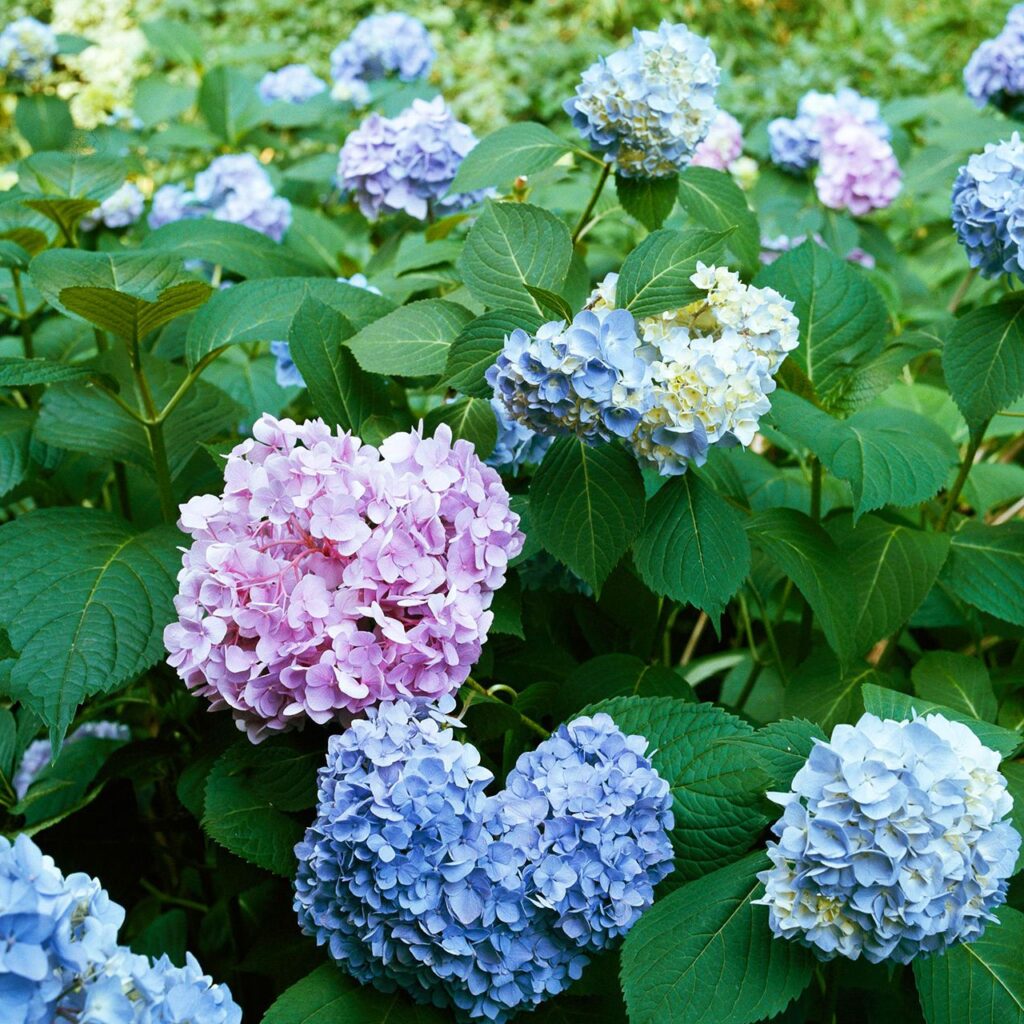
The best times to fertilize hydrangeas are:
1. Early Spring (Before New Growth Emerges)
Apply a balanced, slow-release fertilizer when the first signs of new growth appear — typically in early to mid-spring. This initial feeding gives hydrangeas the nutrients they need for healthy root development and lush foliage growth as the growing season begins.
Recommended fertilizer type:
A balanced 10-10-10 (Nitrogen-Phosphorus-Potassium) slow-release granular fertilizer.
2. Early Summer (As Buds Begin to Form)
In early summer, as hydrangeas start developing flower buds, applying a second round of fertilizer encourages abundant, large blooms. This feeding is particularly important for varieties like bigleaf hydrangeas (Hydrangea macrophylla), which bloom on both old and new wood.
Recommended fertilizer type:
A bloom-boosting fertilizer with a higher phosphorus content, like 10-20-10, promotes vibrant, fuller flowers.
3. Avoid Late Summer and Fall Fertilizing
Avoid applying fertilizer from late summer onwards. Feeding hydrangeas too late encourages tender, new growth that’s vulnerable to frost damage in winter and delays the plant’s natural preparation for dormancy.
How Often Should You Fertilize Hydrangeas?
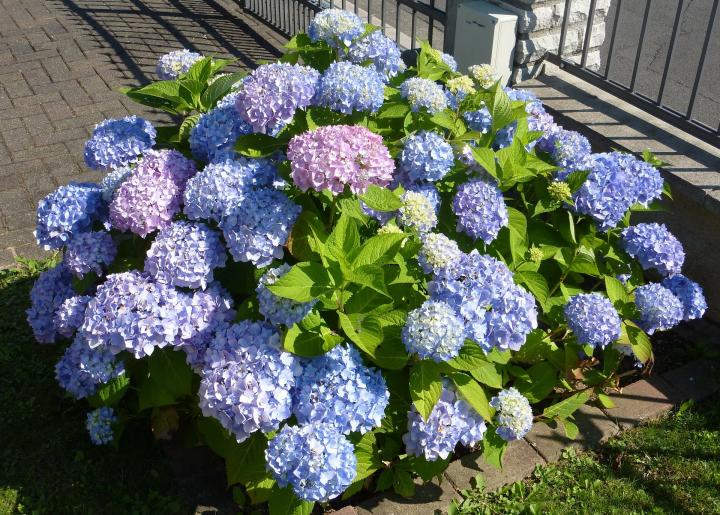
For most hydrangeas:
- Once in early spring.
- Optional second feeding in early summer (especially for heavy bloomers or nutrient-depleted soils).
Hydrangeas grown in poor soils or containers may require more frequent, light feedings with a diluted liquid fertilizer every 4–6 weeks during the growing season.
Factors That Influence Fertilization Timing
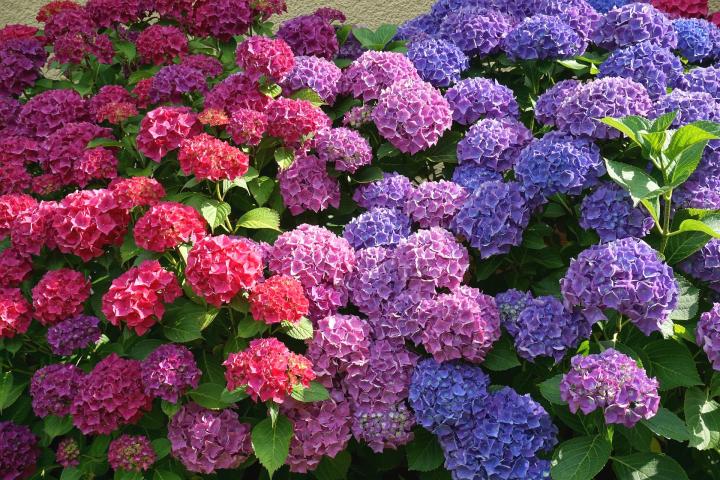
1. Hydrangea Variety
Different hydrangea species have unique nutrient requirements and blooming habits.
- Bigleaf Hydrangeas (Hydrangea macrophylla): Benefit from early spring and early summer feeding.
- Panicle Hydrangeas (Hydrangea paniculata): Typically require a single feeding in spring.
- Oakleaf Hydrangeas (Hydrangea quercifolia): Prefer light spring fertilizing only.
- Smooth Hydrangeas (Hydrangea arborescens): Like Annabelle, appreciate one spring feeding and an optional summer boost.
2. Soil Type and Nutrient Content
If your soil is rich and loamy, you may need to fertilize less frequently. Sandy or nutrient-depleted soils require more regular feeding.
Pro Tip:
Conduct a soil test every 2–3 years to assess nutrient levels and pH. Hydrangeas thrive in slightly acidic to neutral soil (pH 5.5–6.5).
3. Plant Age
- Young hydrangeas: Need light, frequent feedings during the first two years to support root development.
- Established hydrangeas: Do well with 1–2 feedings per year.
How to Fertilize Hydrangeas Correctly
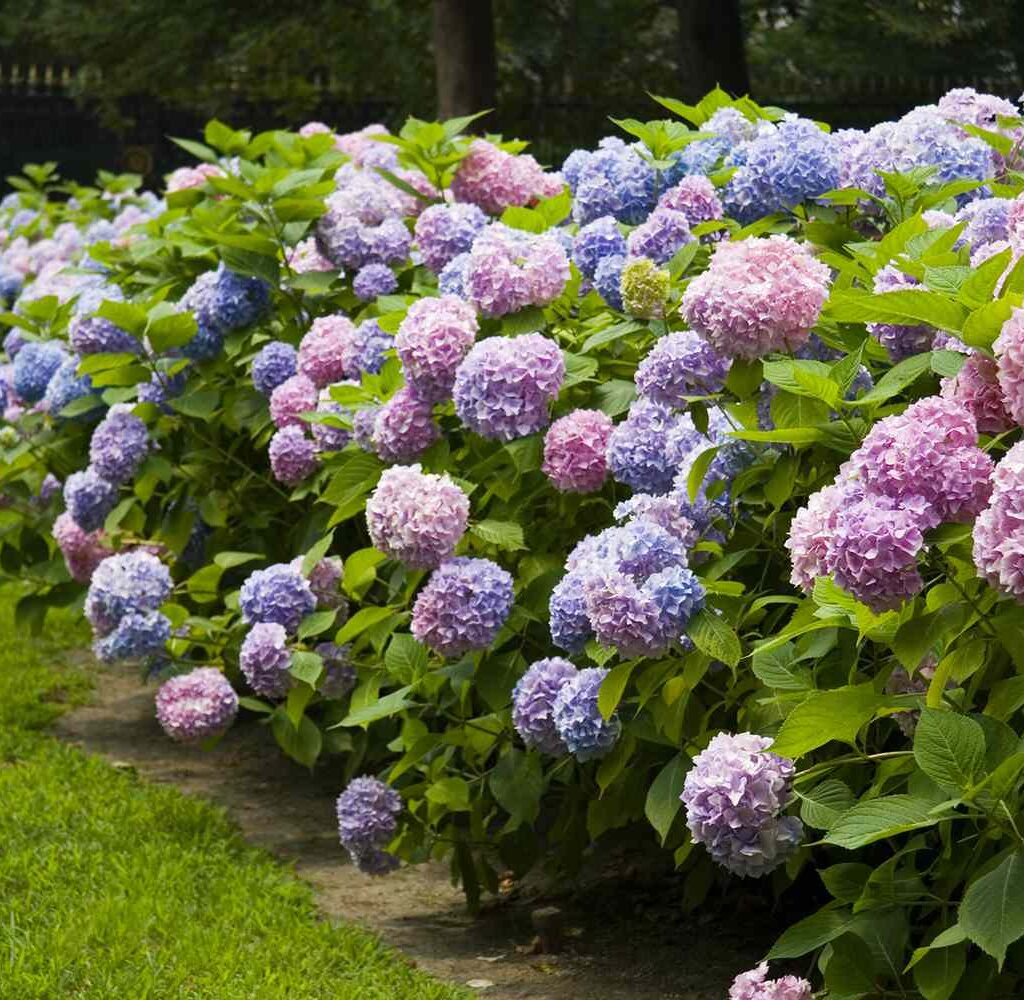
Granular Slow-Release Fertilizer
- Sprinkle evenly around the base of the plant, avoiding direct contact with stems.
- Gently work into the top inch of soil.
- Water thoroughly to activate the fertilizer.
Ideal for: Garden-planted hydrangeas and large shrubs.
Water-Soluble or Liquid Fertilizer
- Mix according to package instructions.
- Apply during regular watering.
- Use every 4–6 weeks during active growth if needed.
Ideal for: Container-grown hydrangeas or as a quick nutrient boost before blooming.
Organic Fertilizers
Use organic options like compost, well-aged manure, or fish emulsion in spring for a gentle, slow nutrient release.
Ideal for: Eco-friendly gardeners and naturally enriched soils.
How Fertilizer Affects Hydrangea Flower Color
For bigleaf hydrangeas (Hydrangea macrophylla), soil pH affects bloom color:
- Acidic soil (pH below 6.0): Blue flowers.
- Neutral to alkaline soil (pH 6.5 and above): Pink flowers.
Fertilizers influence soil pH indirectly:
- Acidifying fertilizers (like those containing sulfur or ammonium sulfate) help maintain blue hues.
- Lime-based fertilizers push blooms towards pink.
Signs That Your Hydrangeas Need Fertilizing
Look out for:
- Pale, yellowish leaves.
- Small, sparse flowers.
- Stunted growth.
- Weak stems and drooping branches.
- Slower recovery after pruning.
A healthy, well-fed hydrangea produces robust green foliage and abundant, vibrant blooms.
Common Fertilizing Mistakes to Avoid
- Overfertilizing: Leads to lush leaves but few flowers and increases vulnerability to pests and diseases.
- Fertilizing late in the season: Promotes tender growth prone to winter damage.
- Ignoring soil tests: May result in pH imbalance affecting bloom color and plant health.
- Using lawn fertilizers: High in nitrogen, these encourage foliage at the expense of blooms.
Additional Tips for Healthy Hydrangeas
- Mulch around the base to retain soil moisture and suppress weeds.
- Prune appropriately based on the hydrangea variety.
- Water deeply during dry spells, especially after fertilizing.
- Check soil drainage — hydrangeas dislike soggy conditions.
Conclusion
To summarize, hydrangeas benefit most from fertilizing in early spring as new growth emerges and again in early summer to support bud formation. Understanding your hydrangea’s variety, soil type, and environment ensures you fertilize at the right time with the appropriate nutrients.
Quick recap:
- Spring: Apply a balanced slow-release fertilizer.
- Early summer: Optional bloom-boosting fertilizer for heavy bloomers.
- Avoid late summer feeding to prevent winter damage.
- Adjust based on plant variety, soil type, and plant age.
With proper timing and care, your hydrangeas will reward you with breathtaking displays of color and healthy, vigorous growth season after season.






Leave A Comment